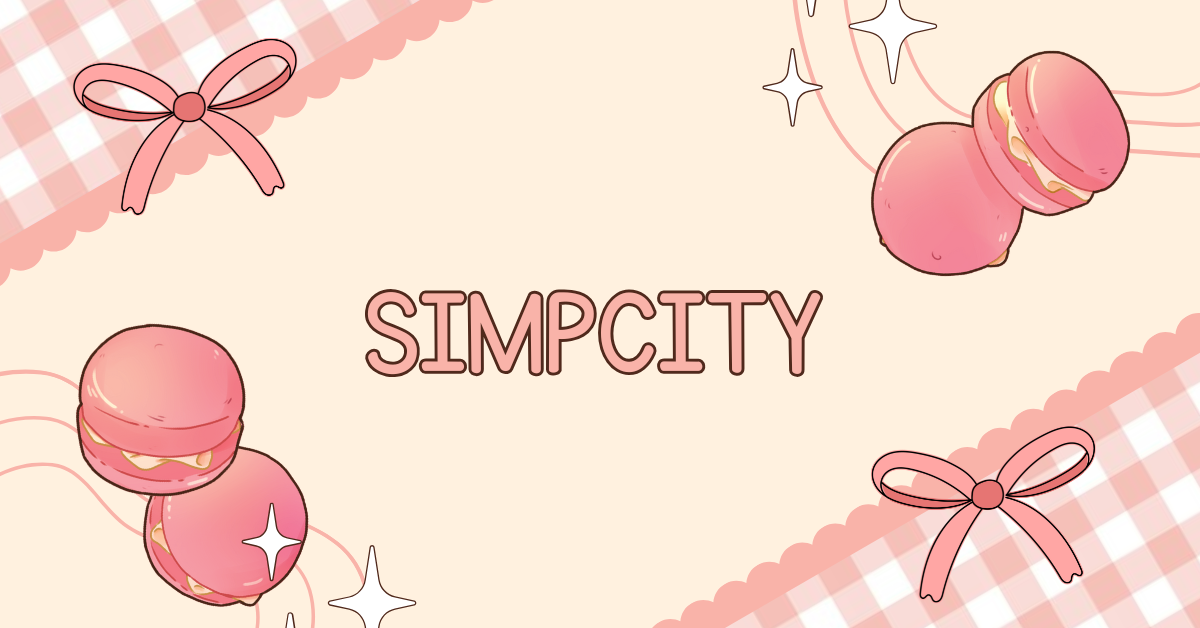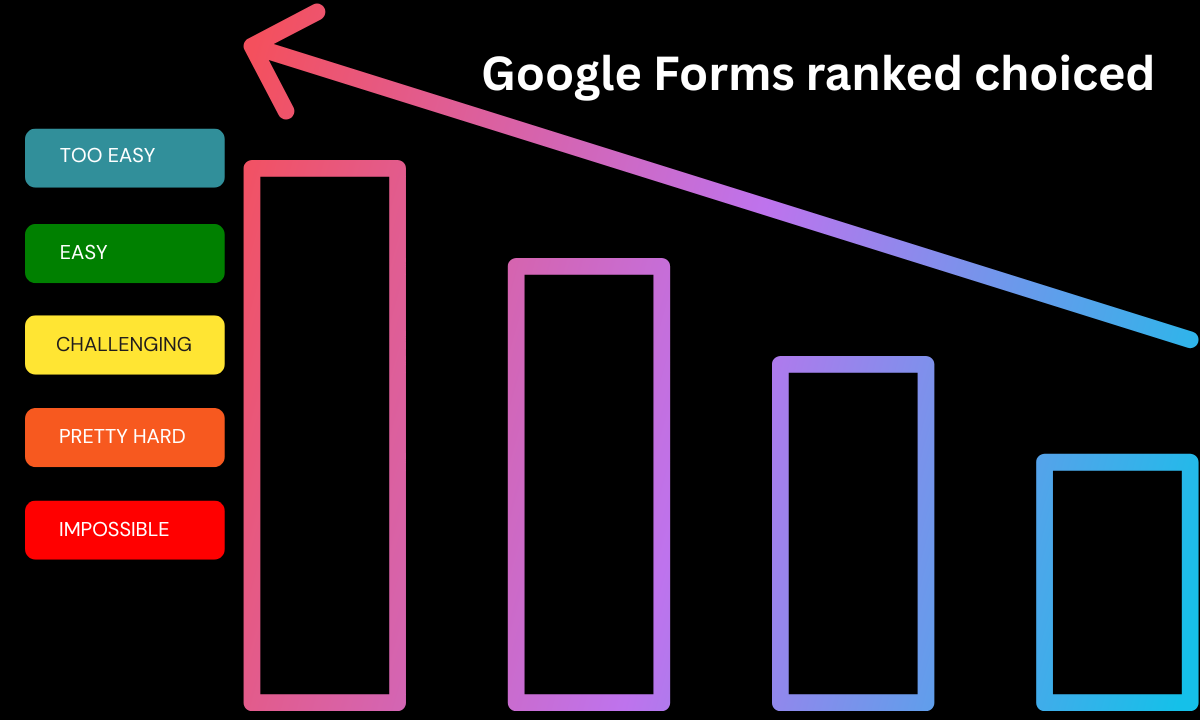Fashion Clothes A Guide to Trends, Style, and Personal Expression
Fashion clothes are not just a way of wearing different types of materials as an outfit; they communicate and reflect people’s inborn treatment toward what obtains in their societies. From the casual street fashion wear, which is common among the youth, to the distant high-fashion impression made by high-end designers, self-presentation and identity construction involve dress, that is, fashion. In this essay, we will cover the history and development of fashion clothes together with the trends and their impact before rationalizing the issue of fashion where style and comfort succeed in co-existing.
History of Wearing Fashionable Clothes
The chronicle of wearing fashionable garments is in relation to the changing differences in culture and societies. Improvements in thinking about an individual’s clothes from protection to something more than merely wearing attires surfaced.
Egyptian Era : Citizens of developing cultures tended to wear clothes for practical purposes. Rich ladies would beautifully let themselves be enwrapped with bright silk and soft linen, while working class women would cover themselves with rough cloths.
Medieval and Renaissance Era: During these epochs, elegant and ostentatious garments became linked with nobility and they were allowed abundance. Precious fabrics, needlework, and ornate patterns denoted prosperity and social position, whereas the peasant class donned simpler clothes.
Contemporary: Along came the industrial revolution and clothing became more available to the masses than before. It was in the 1920s that fashion became more apparent than any other decade in history – as a means of expression especially for women. Primarily, hemlines became shorter, and womenswear became less ‘fitted’ rather than ‘tailored’. Following that, It has been a continuous cycle of improvement in relation to clothing with particular emphasis on growth of fashion.
Fashion in the conventional sense, if twenty years ago there were a few luxury branches that created cloth for only a certain class, kliuXP nowadays enjoys a myriad of fashion clothes from ranging levels of luxury.
Fashion clothes today range from ultra-highend couture luxury pieces to mass-market affordable fast fashion able to cater different segments with varied tastes.
Vernacular Fashion: The High Highs
Haute couture, haute gamme fashion such as French luxury brands Chanel or Gucci appear at the very top of the fashion pyramid. These garments are well known for their quality and are ordered with a great painstaking secrecy. Regardless of their distant reach, luxury fashions play an important role in the popular narrative in that they almost always dictate trends that are way in advance of the so-called street wear.
Fast Fashion: H&M and Zara are fast fashion brands offering aesthetically pleasing yet inexpensive apparel. Fashion, unlike before, is within reach of almost everyone due to accessibility of the recent trends. Opportunities however are equally limited to criticism over its sociological implications and its ecological footprint.
Sustainable Fashion: Thanks to new trends and awareness among the people, the sustainable fashion is, however, interesting and growing. This is why companies like Patagonia and Everlane pay attention to ethical labor practices and eco-friendly materials. Sustainable fashion encourages us to invest in fewer pieces and put off buying many cheap items, therefore, aiding in cutting down waste and encouraging prudent purchase behavior.
Shop, Dress Well, And Still Look Professional
Building a fashionable closet does not require jumping on every fashion frenzy that comes. This simply means making out a collection of elements that suit an individual’s personal style as well as their way of living.
Determine What Your Style Is. No matter if you are a fan of classic art, minimalism, or daring looks, knowing your style will allow you to make the right decisions. Look through fashion catalogs, skip social networks, but use your sense of style.
Basics Are the Key: A practical closet should contain essentials such as a fitting pair of jeans, a black dress, a white shirt, and a neutral blazer. These are termed building blocks of a clothing, thus they help in coming up with numerous dressing combinations without much work.
Marry the Trends and the Classics: as Some of Them Might Say, Common Sense Approach is More Important When Buying Each These Styles. Do not completely change your wardrobe to fit with current fashionable items, instead, use the items sparingly. For instance, a simple yet elegant business suit never goes out of style, instead of clutching traditional shoes, wear it with comfortable and stylish traines or one or two pieces of an eye-catching ornament.
The Obsession with Style and Fashion Must Come With an Ever-Lasting Growing Passion For One’s Own Personal Comfort: why they are dressed up. It may be elegantly designed and even made of the finest material, but if it does not fit well or is uncomfortably ruched, then all that and more is hardly worth the time wearing it. It is not only aesthetically pleasing to the eye when clothing is made to fit one’s body type but also helps in the easement of one’s self-doubt that can be caused by wearing ill-fitted garments.
Fashion as an Instrument of Self-Presentation
Clothing that is fashionable is a great tool to express one’s self to the larger world. From as simple as culture to as complex as one’s worldview, through fashion, each person narrates the tales of their existence.
Social Interaction: Clothing Articles portray our feelings, character, and way of life. It does not matter if you don t mind bright shades or prefer soft ones, it’s a silent communication, an unexplainable necessity, the choice of clothing.
Costumes: Some if not most fashion features are borrowed from existing cultural practices. For examples, every Japanese person owns or has worn or seen a Deep in cultural significance is the kimono, most often worn by women. In the modern world, one can wear any other form of dress, but these age-old attires, what we now call Sikhs fads battles do not cease to exist. And style influence them.
Hierarchy: Concepts such as fashion and dressing have been associated with rank by people for many centuries. For instance, high-end fashion brands can represent high class and exclusivity whereas a bummy sweat and t-shirt may signal more of an easy going and rebellious nature.
Features to keep an eye on when watching current fashion trends
Fashion is a historical record which keeps on changing with time as more modifications are made every season. Some of the in vogue fashion trends at present include:
Sustainability: Today, more and more customers are concerned about the environment, thus they demand sustainable fashion. Thus, there are organic cottons, recycled materials, and even vegan skin, which have become the norm.
Unisex Clothing: Many designers do not conform to the rigid structures of societal rules on gender, and instead resort to designing lines that are genderless to appeal to even more people.
Baggy Cuts: The oversized wear trend, which includes jackets, trousers, and shirts, is here to provide room for comfort. This trend focuses on comfort because who said you can’t look good while being comfortable!
The Future of Fashion Clothes
With time, comes change, and with change advances in technology. It is not only smart textiles and 3D design but even fashion in the digital world that is taking over the market. In the future, the issue of fashion will perhaps be more sustainable, diversifying, and individual, where a person can make choices that do not harm his or her principles and style at the same time.
FAQs About Fashion Clothes
1. What are fashion clothes?
Fashion clothes refer to garments designed to reflect current trends, styles, and preferences in the fashion industry. They often combine functionality with aesthetic appeal, offering a way for individuals to express their personal style.
2. How do I choose the right fashion clothes for my body type?
Selecting fashion clothes that suit your body type involves understanding your shape and proportions. For example:
- Pear-shaped individuals often benefit from A-line dresses and tops that draw attention to the upper body.
- Hourglass figures shine in fitted clothing that highlights the waist.
- Rectangular body types can add curves with ruffled or flared designs.
Tailoring is also key to achieving a perfect fit!
3. What are the top trends in fashion clothes for 2025?
Upcoming trends include:
- Sustainable and eco-friendly fabrics.
- Oversized blazers and tailored co-ord sets.
- Metallic tones for evening wear.
- Vintage-inspired denim and Y2K accessories.
- Bright colors and bold patterns that make statements.
4. How do fashion seasons influence clothing collections?
Fashion is divided into four main seasons: Spring, Summer, Fall, and Winter. Designers launch collections that cater to the climate and mood of each season. For example:
- Spring collections feature light fabrics and floral prints.
- Summer brings breezy, bright clothing.
- Fall highlights earthy tones and layering pieces.
- Winter emphasizes warmth with coats, knitwear, and heavier fabrics.
5. What is the difference between fast fashion and sustainable fashion?
Fast fashion prioritizes quick production and affordability, often at the cost of quality and environmental sustainability. Sustainable fashion focuses on ethical practices, eco-friendly materials, and reducing waste, promoting long-lasting, high-quality garments.
6. How can I keep up with the latest fashion trends?
You can stay updated by:
- Following fashion influencers and designers on social media.
- Watching runway shows and fashion weeks.
- Reading fashion magazines and blogs.
- Exploring online stores that frequently update collections based on current trends.
7. What are the essential fashion clothes for a versatile wardrobe?
A versatile wardrobe includes:
- A classic white shirt.
- Well-fitted jeans.
- A tailored blazer.
- A little black dress (LBD).
- Comfortable sneakers and elegant heels.
- Neutral-toned coats or jackets.
8. How do I care for fashion clothes to make them last longer?
To extend the life of your clothes:
- Follow care instructions on labels.
- Use gentle detergents for delicate fabrics.
- Avoid over-washing; spot-clean when possible.
- Store seasonal clothes properly in breathable garment bags.
- Repair small damages, like loose buttons or torn seams, promptly.
9. How do fashion clothes differ around the world?
Fashion varies by culture and region. For example:
- In Europe, fashion leans toward classic tailoring and luxury brands.
- Asian fashion emphasizes bold, experimental designs and vibrant colors.
- African fashion incorporates traditional prints and patterns into modern silhouettes.
- North American fashion often blends casual wear with high-street trends.
10. Are there any online platforms to buy trending fashion clothes?
Yes, popular platforms include:
- ASOS, known for diverse and trendy options.
- Zara, offering fast-fashion collections.
- Nordstrom, combining luxury and casual wear.
- Sustainable brands like Everlane and Reformation for eco-conscious shoppers.
11. How do celebrities influence fashion clothes?
Celebrities set trends by wearing specific designers, showcasing unique styles, or collaborating on clothing lines. Their choices often spark widespread interest in particular items, like oversized sunglasses or statement bags.
12. What role does color play in fashion clothes?
Colors can convey mood, season, and personality. For instance:
- Bright hues like yellow or pink signify energy and joy.
- Earthy tones like olive and tan are grounding and often used in fall collections.
- Neutrals like black, white, and beige provide timeless elegance.
13. What is the impact of technology on fashion clothes?
Technology has revolutionized the industry with:
- Digital fabrics and 3D printing for innovative designs.
- Virtual try-on features in online shopping.
- Smart textiles that adapt to temperature or track fitness metrics.
14. Are unisex fashion clothes becoming popular?
Yes, unisex or gender-neutral fashion is gaining traction. These designs focus on inclusivity and versatility, emphasizing comfort and style for all.
15. How do sustainable brands ensure ethical production of fashion clothes?
Sustainable brands:
- Use organic or recycled materials.
- Partner with fair-trade certified manufacturers.
- Reduce waste through upcycling and minimal packaging.
- Maintain transparency about their sourcing and production processes.
16. What is the significance of accessorizing in fashion clothes?
Accessories elevate an outfit, adding personality and flair. From statement jewelry and scarves to belts and hats, well-chosen accessories can transform a simple look into something extraordinary.
17. How does personal style influence the choice of fashion clothes?
Personal style reflects individual taste and identity. Whether minimalist, bohemian, or edgy, understanding your preferences helps in curating a wardrobe that feels authentic and comfortable.
18. What are the benefits of investing in timeless fashion pieces?
Timeless pieces like trench coats or leather boots:
- Never go out of style.
- Offer excellent cost-per-wear value.
- Provide a foundation for mixing and matching with trendier items.
19. How do I mix trends with classic fashion clothes?
The key is balance:
- Pair trendy pieces, like bold patterns, with neutral basics.
- Use accessories to introduce modern elements without overwhelming the look.
- Invest in statement outerwear to layer over classic outfits.
20. How do runway trends translate into everyday fashion clothes?
Runway trends are often adapted for practicality and mass appeal. For example, exaggerated silhouettes or bold prints seen on runways are toned down for ready-to-wear collections.
Conclusion
Fashion clothes are more than just garments—they are a reflection of culture, identity, and innovation. From timeless classics to ever-changing trends, the world of fashion offers endless possibilities for self-expression. Whether you’re exploring the latest runway collections or curating a sustainable wardrobe, the choices you make contribute to your unique style narrative. Fashion is not merely about following trends but about finding what resonates with your personality and values. By understanding your preferences, staying informed about new developments, and investing in quality pieces, you can create a wardrobe that is stylish, versatile, and enduring.
As the fashion industry evolves, the emphasis on inclusivity, sustainability, and technology ensures that everyone can find something that fits their lifestyle and aspirations. So, embrace the journey of fashion, experiment fearlessly, and let your clothes tell the story of who you are.












